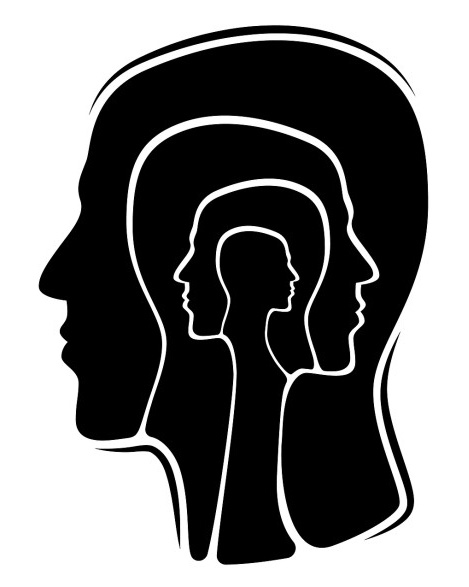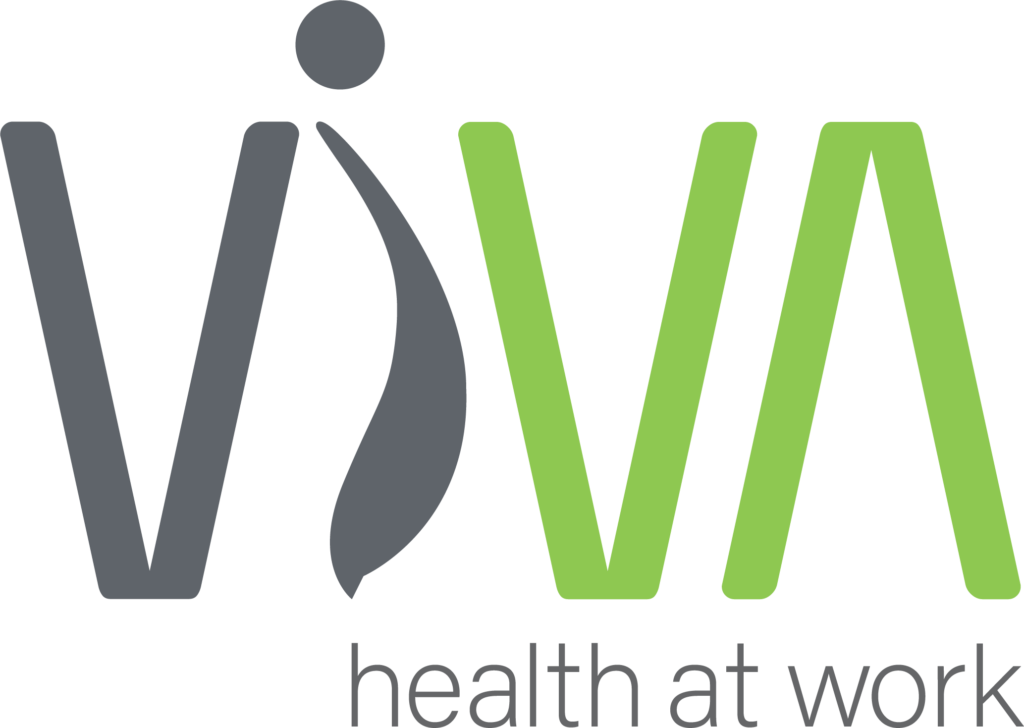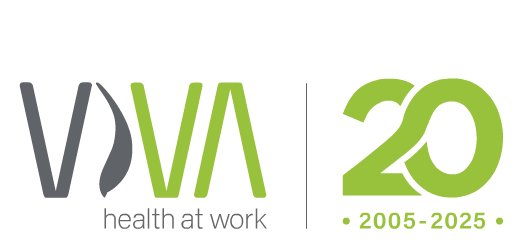We can dream big when we flip risk measures to health aspirations per a design platform.
Psychosocial Risk is getting a lot of attention with the recent release of the ISO 45003:2021: Occupational health and safety management — Psychological health and safety at work — Guidelines for managing psychosocial risks [i] and the publication of the NSW Code of Practice, Managing Psychosocial Hazards at Work.[ii] The obligations to care for psychological wellbeing are upheld by the Australian Work Health and Safety Legislation (WHS Act, 2011).[iii] Further, the idea of a supportive workplace with a shared purpose, clear objectives, and a manageable workload is an objective of Good Work Design.[iv] Work should be manageable, meaningful, and comprehensible.[v] Respect and trust are important in the workplace. The WHS obligations to consult workers is consistent with Good Work Design and adherence shows a measure of respect for and value of the people with whom we work.

The work factors associated with risk to psychosocial health and, thus, mental health disorders, include: [vi]
- Job design: Excessive job demands, low job control, little perceived support, lack of role clarity, too much work or too little work, work that is too complex or rapid or work that is too easy or slow, or little autonomy or agency
- Work requirements: Remote and isolated work, rigidity versus flexibility, work hours and shifts that are long or excessive, work that is not aligned with one’s values or meaningful, or work that is not inclusive.
- Job exposures: Exposure to egregious events/trauma, poor environment designs, and excessive exertion that is required
- Management strategies: poor change management, inadequate reward/recognition, or poor organisational justice
- Interpersonal: Conflict, harassment, quarrels, or expression of negative attitudes
- Broad exposures (internal or external) to significant or cumulative and escalating events of incivility to aggression, harassment, bullying, and violence
The challenge with the guidance material and even most occupational psychosocial assessment tools is that they help identify psychosocial hazards but do not guide employers well in terms of identifying risk levels or the type of risks and the actions to take. That is, they do not identify risk of WHAT to WHOM, likelihood, or severity, and, if addressing WHAT (what type of disorders), whether the effect will arise in acute or cumulative experiences. They might not answer what exposure levels and combination of factors can reasonably exceed threshold tolerances for populations of workers, and what should be done. How urgently should action be taken? Answering these questions is difficult to do and there are a lot of variables. However, without this information it is hard to inform suitable and well prioritised action, and decision-makers may be left wondering what to do.
At a basic level, asking workers regularly about whether their work is manageable, meaningful, supported, transparent, and easily understood is important. Do they feel respected? Is communication adequate? Are they exposed to anything that they feel is untenable? Also, identifying vulnerable workers is important, like those from lower socioeconomic populations; those who are isolated; those for whom language, literacy, and numeracy may be difficult; those who work extensive shifts/overtime; or those who are exposed to difficult situations (like death, dying, trauma) – that is one way to target the initial investigations and need for support. Of significance, what action will be taken if a worker reports concerns? What preparations and resources are available if concerns are raised? There are times when external consultants are an important part of the support that is given.
Case examples: A Victorian State lawyer experienced vicarious trauma from her work with victims of child sexual offenses, per the material to which she was exposed.[vii] She eventually had to leave work owing to PTSD and was awarded $435K in damages. This decision was overturned in the Court of Appeal when they considered workplace responses given that the lawyer/plaintiff sought a promotion in that same department. However, it went to the High Court and I was recently told by a colleague that the lawyer/plaintiff was found to be correct in her position and the appeal was reversed, she was awarded the $435K damages. Toxic workplace culture was the underpinning concern cited in another Victorian senior lawyer’s case and their subsequent suicide.[viii]
In the design of good work, imagine if we encourage clients to think expansively beyond RISK-based thinking (thought bubble: uh-oh, this could launch a landmine of debate…). We can challenge their ideas that focus on how to mitigate or contain the risk of adverse psychological events. Instead, imagine if we consider whether:
a) It is conceivable that material unwanted events (like suicide or violence) or severe mental health disorders (MHD) could arise. If so, can they set aside risk-based thinking, which is probability-oriented (considering ‘likelihood’), and design the improvements that mitigate consequence (because just one death is one too many),[ix] and
b) There can be a focus on what props sound psychological experiences of well-being and build these opportunities through work/environmental/job design (e.g., an appreciation of neurodiversity to inform design, or an ecological framework that considers the harmony of nature, the built environment or product use, the users, and/or the people in these systems). In so doing, resilience can be fostered, and risk exposures may be mitigated also (since that could be the most comfortable thing to consider when coming from a conventional health and safety, governance, or legal framework).
These design strategies can be articulated through problem- and opportunity-based design statements (very different to identifying controls within a hierarchical framework). As such, design philosophies, concepts, and strategies articulate how to prop good work and how to address concerns through the empathetic understanding of a user and through collaboration with a user. For example,
As a hybrid worker,
- I want recognition of how hard I work while away from the traditional office
- I need to feel a sense of accomplishment while juggling work and family life
- I need extra motivation to remain active and not tied to a desk with extended hours
- I want to understand the impact on the environment when I commute less
Or, as a healthcare worker,
- I want to know that I matter to my organisation as much as client care is a focus
- I want to know that what I do makes a difference
- I want time to show my caring side
- I want care recipients to be supported in their independence and their pursuits of healthful activities
Or, as an asphalt worker,
- I want steady employment, even during prolonged wet weather
- I want protection from the interactions with mobile plant
- I need quality sleep when working away from home on regional or remote projects
- I want protection from heat and bituminous products
When we empathise with the people for whom we design we may be compelled to do more than mitigate events to satisfy a risk register or achieve a bare minimum of reasonableness or practicableness. Instead, we might dream big with people as design partners, not just do for or to them. The question is: Are we prepared to think differently to achieve new results? Can we aim for resilience and the construction of healthful experiences with opportunities to feel well and whole?[x] Can we leverage the collaborative design of work as a medium to solve problems together (if we consider shared problem-solving as a cornerstone of adult learning),[xi] grow together, relate to others, and, of course, support psychosocial and physical wellbeing (they are, after all, interrelated).
There is much to learn in this space, like:
- Salutogenic architectural design that can promote health;[xii]
- Ecological architecture[xiii] that can connect people with nature, combating the design-in-use degradation of the environment;
- Design for neurodiversity[xiv] through environmental design and sound leadership models;
- Basic health and wellbeing achieved through good work, job, task, equipment, social supports, and system design; and all
- Combined with a generous dose of love and kindness
The conversations that are happening about psychological health through the new standards and Codes of Practice are a great place to start. A challenge is to push ahead to the arena of quality design.
Disclaimer
Sara Pazell, BAppSci(OT), MBA, PhD, CPE, manages a human factors design consultancy. She is affiliated with several Australian universities for teaching and research, and wellness organisations for whom she provides advisory services. These opinions reflect no other organisation with whom Sara has an affiliation; the ideas, concepts, and opinions are wholly Sara’s (influenced, of course, by the many scholars and teachers from whom Sara has been blessed to learn and sometimes wrangle with intellectually).
[i] ISO 45003: 2021: Occupational health and safety management — Psychological health and safety at work — Guidelines for managing psychosocial risks https://www.bsigroup.com/en-AU/iso-45003/
[ii] NSW Code of Practice, Managing Psychosocial Hazards at Work. https://www.safework.nsw.gov.au/resource-library/list-of-all-codes-of-practice/codes-of-practice/managing-psychosocial-hazards-at-work
[iii] WHS Act (2011). https://www.legislation.gov.au/Details/C2022C00082
[iv] Karanikas, N., Pazell, S., Wright, A., & Crawford, E. (2021). The What, Why and How of Good Work Design: The Perspective of the Human Factors and Ergonomics Society of Australia. In Rebelo, Francisco (Ed.) Advances in Ergonomics in Design: Proceedings of the AHFE 2021 Virtual Conference on Ergonomics in Design. Springer, Cham, Switzerland, pp. 904-911.10.1007/978-3-030-79760-7_108.
[v] Mittelmark, M. B., Sagy, S., Eriksson, M., Bauer, G. F., Pelikan, J. M., Lindstrom, B., & Espenes, G. A. (Eds.). (2017). The Handbook of Salutogenesis. Switzerland: Springer.
[vi] ISO 45003: 2021: Occupational health and safety management — Psychological health and safety at work — Guidelines for managing psychosocial risks https://www.bsigroup.com/en-AU/iso-45003/
[vii] Workplace Relations & Safety (June 2021). Kozarov v State of Victoria: Special leave granted for High Court appeal https://www.landers.com.au/legal-insights-news/kozarov-state-of-victoria-special-leave-granted-high-court-appeal
[viii]Neilson, N. (9 Nov 2020). ‘Dream job to nightmare’: Investigation into senior lawyer’s suicide reveals toxic culture at Victoria’s Coroners Court. Lawyers Weekly. https://www.lawyersweekly.com.au/biglaw/29934-dream-job-to-nightmare-investigation-into-senior-lawyer-s-suicide-reveals-toxic-culture-at-victoria-s-coroners-court.
[ix] Like is done in mining around high-consequence, material unwanted events through the Control Framework: https://emesrt.org/control-framework/
[x] Granham, C. (date unknown. The Difference Between Well-Being And Wholeness At Work. Work Design Magazine. https://www.workdesign.com/2015/09/the-difference-between-well-being-and-wholeness-at-work/ (accessed 18 Aug 2022).
[xi] Palis, A.G., & Quiros, P.A. (2014). Adult learning principles and presentation pearls. Middle East African Journal of Ophthalmology. 21(2):114-22. doi: 10.4103/0974-9233.129748. PMID: 24791101; PMCID: PMC4005174.
[xii] Golembiewski, J.A. Salutogenic Architecture in Healthcare Settings. (2016, Sep 3). Mittelmark M.B., Sagy S., Eriksson M., et al., (Eds). The Handbook of Salutogenesis [Internet]. Cham (CH): Springer; 2017. Chapter 26. Available from: https://www.ncbi.nlm.nih.gov/books/NBK435851/ doi: 10.1007/978-3-319-04600-6_26
[xiii] Loh, S., Foth, M., Caldwell, G. A., Garcia-Hansen, V., & Thomson, M. (2020). A more-than-human perspective on understanding the performance of the built environment. Architectural Science Review, 63(3-4), 372–383. https://doi.org/10.1080/00038628.2019.1708258
[xiv] Abernethy H (2010) The assessment and treatment of sensory defensiveness in adult mental health: a literature review. British Journal of Occupational Therapy, 73(5), 210-18.

